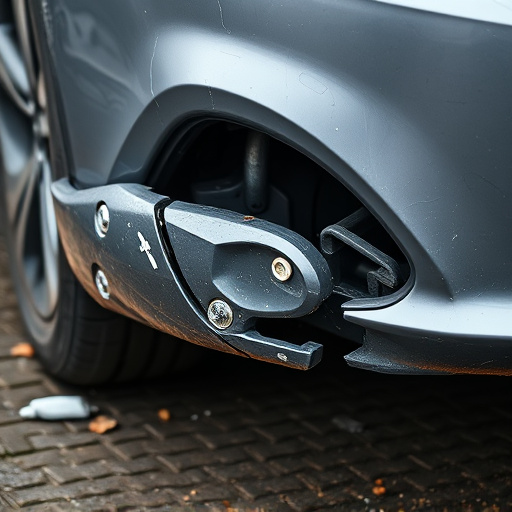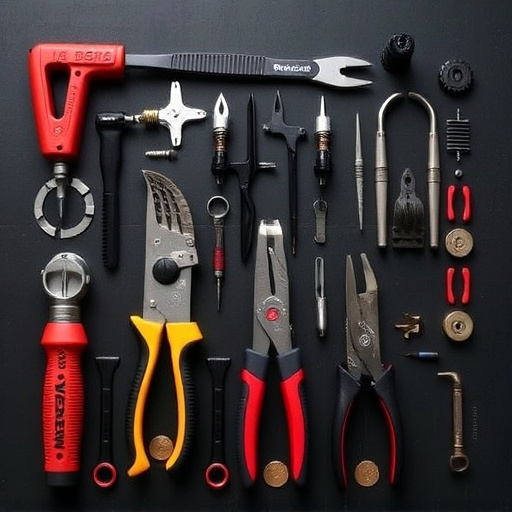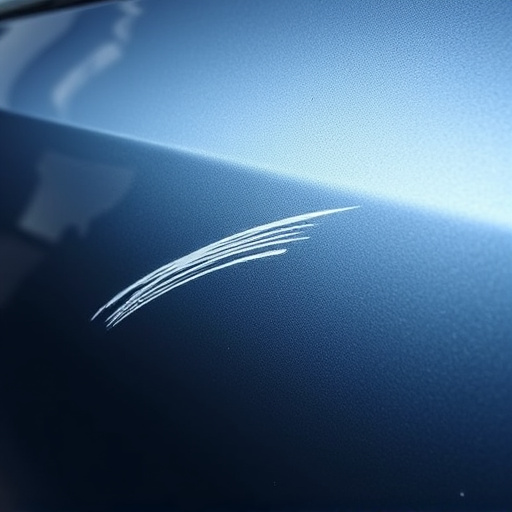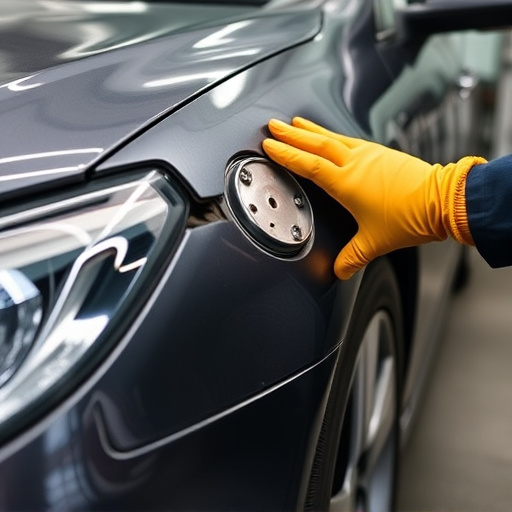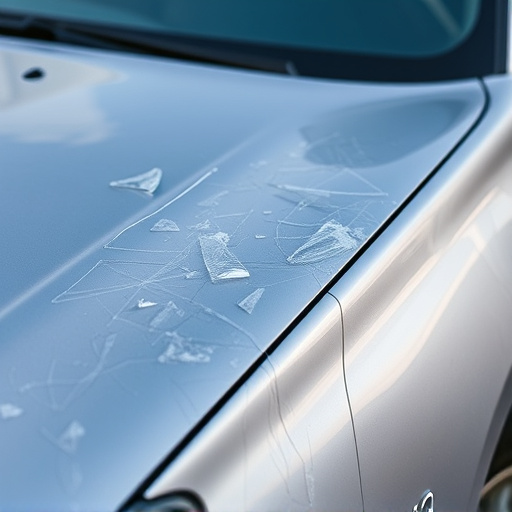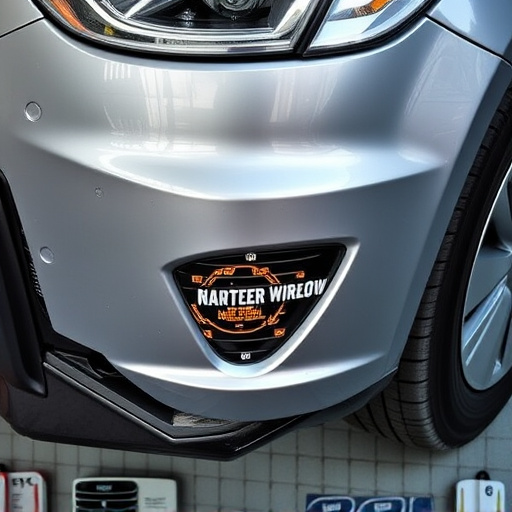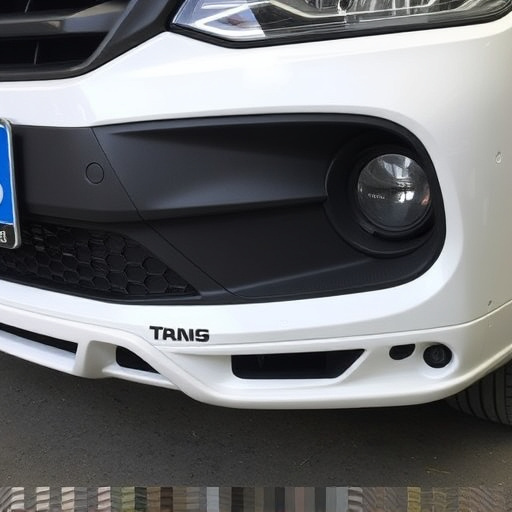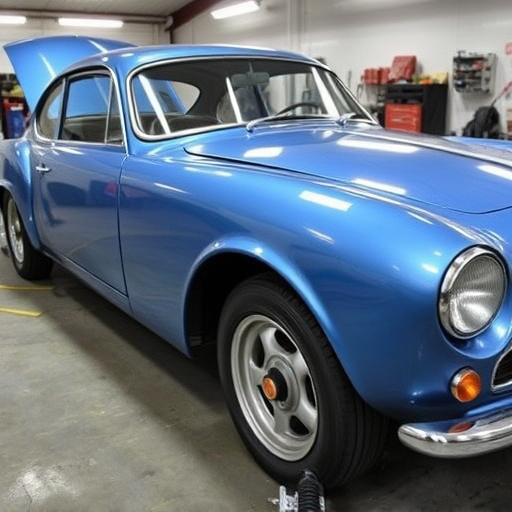Infrared curing equipment transforms car repair and painting by offering swift, precise drying and even heat distribution, eliminating hot spots, reducing turnaround times, and ensuring high-quality finishes, especially for luxury vehicles. This technology revolutionizes paint curing with speed, efficiency, and uniform temperature control, enhancing productivity in various industries beyond automotive.
Infrared heat transfer revolutionizes paint curing processes, offering unparalleled efficiency and precision. This advanced technology, facilitated by specialized infrared curing equipment, leverages the power of thermal radiation to swiftly harden coatings. Understanding the fundamentals of infrared heat transfer is key to appreciating its advantages. From accelerated drying times to improved material properties, this article explores how infrared curing equipment transforms paint application, ensuring superior performance and reduced environmental impact.
- Understanding Infrared Heat Transfer Basics
- The Role of Infrared Curing Equipment in Paint Processes
- Advantages and Applications of Infrared Heating for Paint Curing Systems
Understanding Infrared Heat Transfer Basics
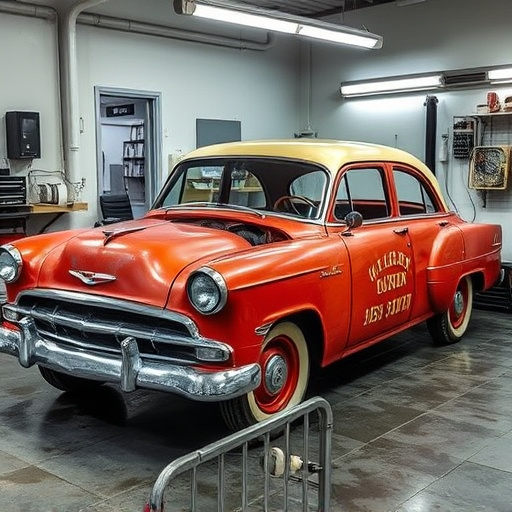
Infrared heat transfer is a fundamental process that plays a pivotal role in various industrial applications, including collision damage repair and frame straightening at car repair shops. This technology has revolutionized paint curing systems, offering efficient and precise drying and hardening of coatings. The basic principle involves using infrared radiation to directly heat the surface of a material, as opposed to heating the surrounding air. When infrared curing equipment is employed, electromagnetic waves with specific frequencies are emitted, which are absorbed by the paint or coating on a car’s body panel. This absorption generates heat, causing rapid molecular vibrations and ultimately leading to the curing of the paint.
The key advantage lies in the non-contact nature of infrared heating, eliminating the need for convective heating methods that rely on air circulation. This is particularly beneficial in car repair shops where efficient frame straightening and collision damage repair are essential. Infrared heat transfer ensures consistent and uniform heating, minimizing the risk of hot spots or uneven curing that can occur with traditional drying techniques. By understanding this basic science, car repair professionals can optimize their painting processes, ensuring high-quality finishes and faster turnaround times.
The Role of Infrared Curing Equipment in Paint Processes
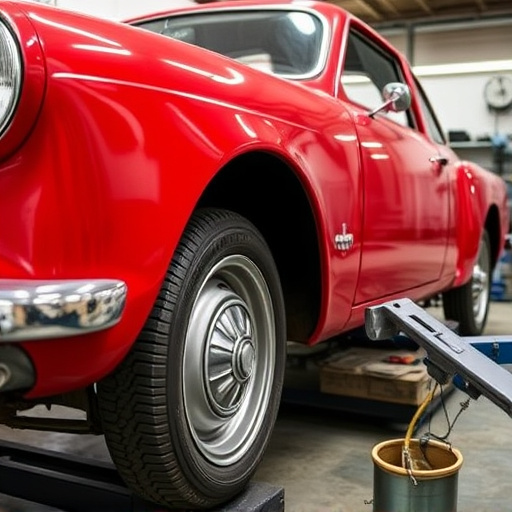
Infrared curing equipment plays a pivotal role in modern paint curing systems, revolutionizing the traditional drying and hardening process. This advanced technology uses infrared radiation to initiate a rapid chemical reaction within the paint, resulting in faster curing times compared to conventional methods. By employing infrared heat transfer, the paint’s solvents evaporate more efficiently, leading to reduced drying periods and improved production speeds in collision repair services and auto body services.
For luxury vehicle repairs, where precision and quality are paramount, infrared curing equipment offers significant advantages. It ensures consistent temperature distribution across the painted surface, minimizing the risk of uneven curing or surface imperfections. This is particularly beneficial in achieving a smooth, glossy finish, which is a key aspect sought after by owners of high-end vehicles. The efficiency and reliability of infrared curing systems make them indispensable in modern automotive painting processes.
Advantages and Applications of Infrared Heating for Paint Curing Systems
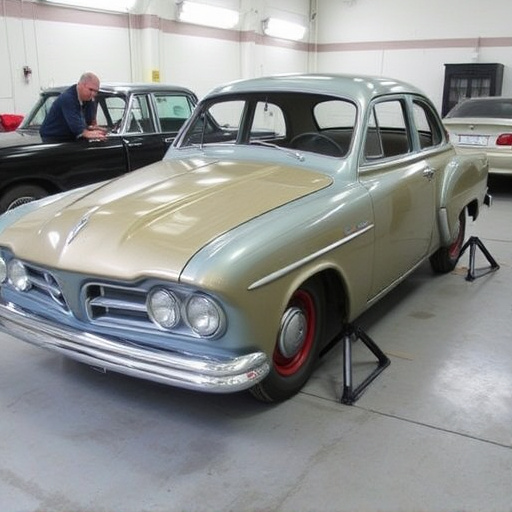
Infrared heating offers a multitude of advantages for paint curing systems, making it an increasingly popular choice in various industries. One of its key benefits is speed; infrared curing equipment can significantly reduce drying and curing times compared to traditional methods. This efficiency is particularly valuable in high-volume production settings, such as automotive repair shops and auto glass repair facilities, where minimizing downtime is crucial for maintaining productivity.
Moreover, infrared heat provides even and consistent heating across the entire surface of the paint, ensuring a more uniform cure. This precision heating is especially beneficial for complex shapes or irregular surfaces, commonly encountered in automotive manufacturing and other specialty applications. Additionally, infrared curing systems can be easily integrated into existing workflows, offering flexibility and convenience for both auto repair services and specialized painting processes beyond the automotive sector.
Infrared heat transfer plays a pivotal role in modern paint curing systems, offering numerous advantages such as faster drying times, improved efficiency, and enhanced productivity. The application of infrared curing equipment has revolutionized industrial processes, allowing for more consistent and high-quality finishes. By understanding the science behind infrared heat transfer, manufacturers can leverage this technology to meet the growing demands of various industries, ensuring efficient and effective paint curing solutions.
